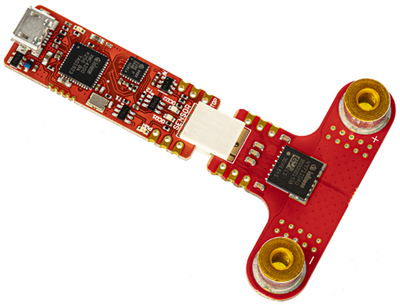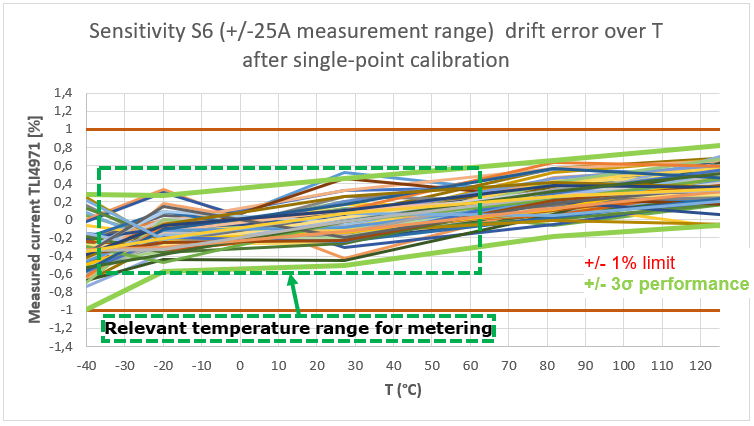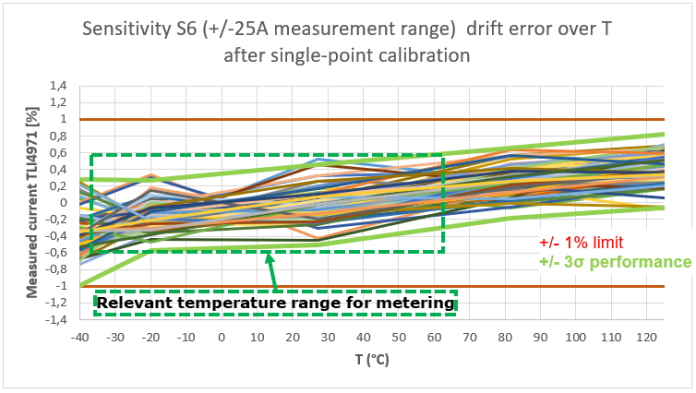Courtesy : Infineon Technologies
In the pursuit of clean and sustainable energy solutions, the potential of solar power has captured the imagination of scientists and engineers worldwide. As solar technology advanced, one critical component emerged as a key driver in maximizing solar efficiency – the current sensor.
The vital role of current sensors in MPPT
Current sensors play a crucial role in optimizing MPPT (Maximum Power Point Tracking) systems by precisely measuring the electric current flowing through a conductor. Specifically, in the context of PV (photovoltaic) panels, a current sensor holds immense value as it enables accurate measurement of the panel’s output current. This measurement is essential for determining the power output of the panel and effectively tracking the MPP (maximum power point).
Through precise measurement of the PV panel’s output current, the MPPT system gains the ability to calculate the panel’s power output. This valuable power measurement serves as the foundation for the MPPT algorithm, enabling it to dynamically adjust the duty cycle of the DC-DC converter. By continuously tracking the MPP of the panel based on this information, the MPPT system optimizes the power output, unlocking the panel’s full potential.
Beyond its primary function of measuring the output current of the PV panel, a current sensor serves as a reliable means to identify system faults and abnormalities. By monitoring the output current, the sensor can detect instances where the current surpasses a predetermined threshold. This serves as an indication of potential issues like short circuits or other faults within the system. Leveraging this information, the MPPT system can promptly initiate corrective actions to mitigate damage to the components and ensure the safe operation of the entire system.

Which features of current sensor contribute to MPPT?
Accurate measurement of the photovoltaic panel’s output current stands as the primary and crucial feature of a current sensor that enhances MPPT systems. This output current measurement plays a vital role in determining the panel’s power output and effectively tracking the maximum power point (MPP).The core principle of an MPPT system revolves around optimizing the voltage and current of the PV panel to align with its maximum power point (MPP) where it generates the highest power output. This crucial MPP is determined by the interplay between the panel’s output voltage and current. By leveraging a current sensor to measure the panel’s output current, the MPPT system can accurately calculate the panel’s power output and dynamically adjust the voltage and current to precisely track the MPP.

The precision of the current sensor holds utmost importance in ensuring optimal performance of the MPPT system. Even minor inaccuracies in measuring the output current can result in substantial variations in the panel’s power output, thereby diminishing the overall system efficiency. Hence, it is imperative for the current sensor to exhibit a remarkable level of accuracy and precision.
Additionally, the current sensor must possess the capability to handle high currents without experiencing saturation or distortion—a critical aspect contributing to MPPT systems. PV panels can generate substantial currents, particularly during periods of intense solar irradiation. It is essential for the current sensor to accurately measure such currents without succumbing to any adverse effects caused by their magnitude, ensuring reliable and unaffected operation.
Lastly, it is crucial for the current sensor to exhibit a rapid response time in order to effectively detect swift fluctuations in the panel’s output current. This attribute holds immense significance as the MPPT system relies on promptly adjusting the voltage and current to accurately track the MPP, ultimately guaranteeing the attainment of maximum power output.
In conclusion, a current sensor plays a vital role as an indispensable component within an MPPT system. It serves to provide precise measurement of the PV panel’s output current, enabling effective tracking of the MPP and maximizing power output. Moreover, the current sensor’s ability to detect faults or abnormalities ensures the system’s safe and reliable operation. Overall, the accuracy, precision, current-handling capability, and response time of the current sensor collectively contribute to the MPPT system’s capability to accurately measure output current, track the MPP, and optimize power output from the PV panel.









